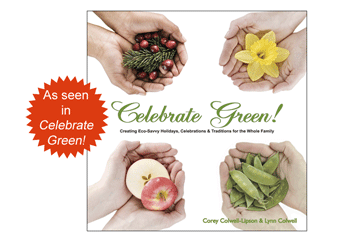Safe Comestics
Monday, July 12th, 2010The Campaign for Safe Cosmetics opened up our eyes to the dangers of harmful chemicals stored in the makeup that we use daily. If you’re curious about your own makeup collection sitting on the vanity, head on over to Skin Deep, a super helpful database that lets you search for specific products, ingredients and even companies! The database also conveniently organizes products by category to make the search easier, and created a user-friendly score key to let the users know where their products fall in the range of hazardous chemicals.
According to this article from the Campaign for Safe Cosmetics website:
“Lead may be a contaminant in over 650 products listed in Skin Deep. Lead can be found in a range of cosmetic products including sunscreens, foundation, nail colors, lipsticks and whitening toothpaste. Several ingredients derived from plant sources, such as cottonseed oils and rice derivatives, may contain heavy metals such as lead and mercury.
Titanium dioxide and zinc oxide are widely used in sunscreens, and zinc oxide is also common in foundations, concealers and diaper ointments (up to 4 percent of products in Skin Deep).
Some metals serve as colorants. For instance, chromium is used in a very small number of products as a colorant, and iron oxides are common colorants in eye shadows, blushes and concealers. Some aluminum compounds are colorants in lip glosses, lipsticks and nail polishes. In addition, some color additives may be contaminated by heavy metals, such as D&C Red 6, which can be contaminated by arsenic, lead and mercury.
Arsenic is a contaminant in about 641 products, or about 2.5 percent, of those listed in Skin Deep.
Zinc is used in a small number (47) but wide array of products, including moisturizers, shampoos and foundations.
Mercury has been reported in very few brands of mascara and eye drops.”
Wow! That’s a lot of chemicals in products that we often use on a daily basis. Perhaps it’s time to re-evaluate what should stay and what should go in our make-up bags and/or bathroom counters! For more information on natural skin care products, check out Safe Skin Care and this informative article titled “Are Your Skin Products Killing You?” as well as “Safe Cosmetics, Where Do You Get Them?”




 Safety experts recommend using flashlights on Halloween to light the way for trick-or-treaters and to alert drivers to their presence.
Safety experts recommend using flashlights on Halloween to light the way for trick-or-treaters and to alert drivers to their presence.

